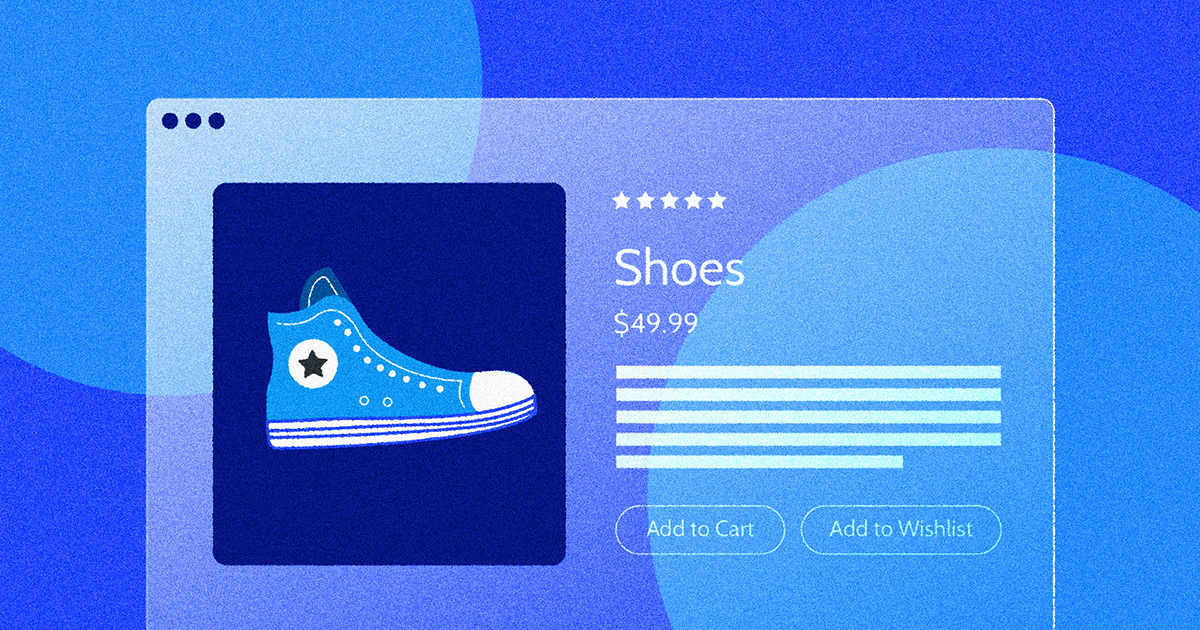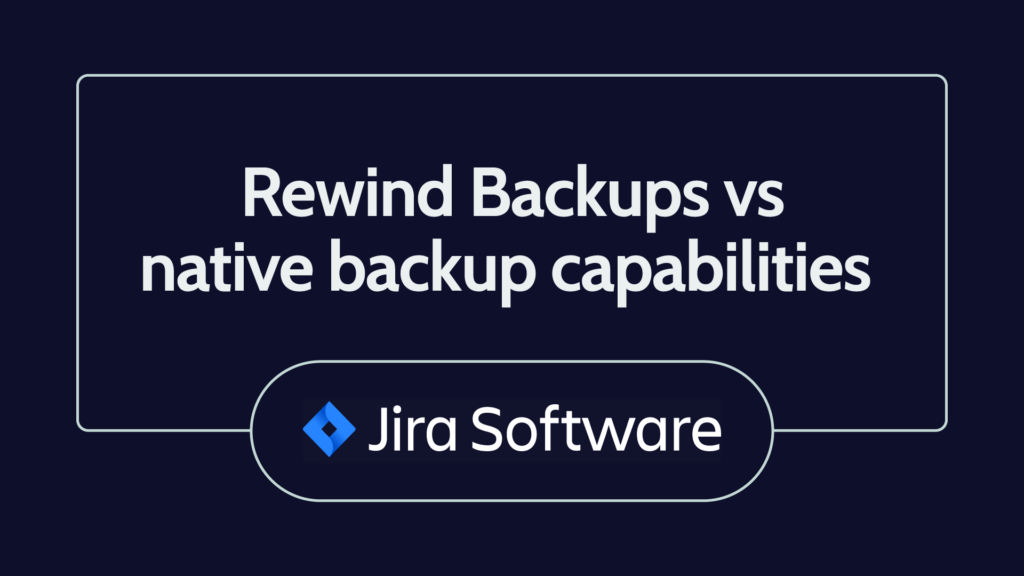Shopify and Shopify Plus is one of the world’s fastest growing ecommerce platform, allowing businesses to set up an online store to sell online, in-store and through third party channels with ease. To date Shopify has transacted over $200 Billion in sales and is trusted by some of the worlds most trusted brands.
Shopify’s much anticipated Shopify Unite Event on Tuesday 29th June. did not disappoint with the launch of Online Store 2.0. Shopify launched a number of all new features to it’s ecommerce platform, the new releases not only expand the possibilities for developers but also give merchants more control over their stores, products, collections and pages. This guide rounds up all the key new features launched with Shopify Online Store 2.0.
Overview
The entire Shopify community sang in joy at 2021 Shopify Unite as the new features of Online Store 2.0 are going to revolutionise the platform as we know it today. The new editor within Online Store 2.0 gives merchants full control over building new page templates, storefronts and adding apps with ease to specific parts of their store. The main release is rolling out the ability to to edit every page structure and not just the homepage! Shopify also has revealed a whole host of new features and capabilities with a focus on best-practice development. Their theme used for reference is 35% faster than the current default themes on Shopify. Finally, Shopify has rolled out a wide range of tools to support developers in delivering an improved, consistent and reliable development service. Let’s dive right in!
New Shopify Themes With Sections On Every Page
A section is simply an element within a page such as a banner or a text section. Imagine your page website split into each individual part, these are called sections. Shopify sections allow customers to build a page up of multiple sections, re-arrange them and assign content such as images and text to them. Historically, sections were limited only to the homepage – meaning on the homepage you can add, remove and rearrange sections on the page to keep the store looking up to date and fresh. Other page types such as product, collection and blog pages were fixed structures only and only the content itself could be edited.
Shopify’s Online Store 2.0 brings sections to every page of a Shopify store, meaning merchants can add, remove and re-arrange sections throughout the entire site. This new feature release is truly game changing, for example if you need to add a banner section that you have on your homepage to the bottom of a product page, you can simply do that directly through Shopify’s theme editor. Merchants can easily set up different product, collection, blog and page templates themselves within the same store without the need for a developer to add in the elements manually.
App Blocks With Online Store 2.0
Previously, the way that an app is embedded and interacts with a Shopify store is fairly set in stone. Unless the app developer offers bespoke integrations or specific compatible settings – then the app will appear on your store where it was originally intended to. With Online Store 2.0, apps are now delivered in blocks within a page giving merchants full control over exactly which pages it will display upon and also the location of the page it appears too. You can even update the app settings directly through the theme editor too! A Shopify revolution for both merchants and app developers.

Metafields Now Included
Metafields are extra pieces of data that can be assigned to specific parts of Shopify such as individual pages, customers or orders. Previously Shopify only allowed the page title and one single rich text editor for page content of any page, product or collection. But what if you wanted to add more specific fields or information to go in a specific space of the page like an ingredient list or size chart. Metafield apps were always first choice to achieve this, however good news – Shopify has launched it’s very own metafield functionality that can be edited directly on the product, product or collection page without the need for APIs or third party apps. Metafields even support a wide variety of file types with Shopify’s file picker too!
Improved Theme Editor User-Interface
It is now even easier to visualise sections within a page with the “tree-down” view of collapsible sections – gone are the days of searching through a long list of sections to try and find the right one. In addition further enhancements include the ability to add liquid code directly via the theme editor too.

Introducing Dawn for Online Store 2.0
Shopify has released a reference theme for developers to begin crafting new themes with the new practices in mind. By the end of 2021 all themes on the Shopify theme library will have to be Online Store 2.0 compatible.

Improved Developer Tools
Shopify uses it’s very own code language called ‘Liquid’ which is a type of templating language to form all the pages and functionality of a store. Shopify has now placed vast investment into improving the way developers can code and build Shopify stores. Some great new developer features include integrating GitHub, a version control toolset, directly into Shopify, Shopify CLI, theme checking tools for debugging and finally the ability to add liquid code directly into the theme editor itself. Shopify have also announced they will not charge app developers any commision for their first $1 million dollars earnt through their platform – what’s more – it resets every single year!
Checkout Apps
Previously, the ability to edit the checkout was limited to Shopify Plus merchants only. Shopify have now announced that checkout apps are available to non-merchants too. These means non-plus merchants can extra checkout apps built and added to their stores – however full customisation is still limited to Plus merchants only.
Shopify Online Store 2.0 – Summary
So there it is, Shopify and Shopify Plus’s flexibility is truly revolutionised with the launch of Online Store 2.0. From full page editing ability, metafields natively within Shopify, improve editor UI and much-needed developer tools – we cannot wait to watch the platform transform as more and more themes adopt it. If you are wondering how you can get Shopify Online Store 2.0 – see our frequently asked questions below!
Need a backup and restore system for your Shopify store?


 Charle Agency">
Charle Agency">


